So this is the idea. Just a case for Zero, with:
Power: AA batteries AND LiPo (for better pocketability :)) AND with Solar charging (who knows how portable this thing would be). I'm even thinking about snap-out Peltier, so that you can put it near the Fireplace to charge the thing during the nighttime :)
Network: WiFi Chip (optional) - I'm not so positive about that. Bluetooth module for sure, so that a Smartphoen can be used to go to the internet or BT keyboard. There is a project to plug SDR - this would be awesome, imagine - you are sitting in a forest near a fire and are tracking your settellite APRS signal with ability to analyze it and send commands back, cool, right? :)
Connectors: HDMI (obviously), several USB via an internal hub, Component Video-out. SPI (I beleive should be possible with Zero) for external SPI-cpable devices, such as some LCD monitors (Nextion for example), TTL (via USB?) for connecting Arduino. ISP socket (via USB-ASP?) for programing bare ATmega chips (maybe even a universal burner). IO socket (for easy jump-wire connections)
Analog PINs? (I think will be useful for such a project, you would be able to do voltage metering)
Software: So, total speculation there, I'm not familliar with Raspberry OS. OS should be able to understand if no screen is connected - in this case it should communicate with LCD connected via SPI with text-base menu UI which also provides an ability to write programs and burn them via ISP or TTL
IF no screen is connected and no keyboard. This is interesting - I'm proposing a Web UI, so that you can connect with your phone and write programm in the browser, then upload, cool, ha? and it should work the opposite direction - you should be able to see what your chip/arduino is sending to TTL
Case: Ideally it should be pocket size (I know :) but with Zero, maybe?) without a screen
P.S. I should call the project Swiss-army knife for a nerd :)
 Sergey
Sergey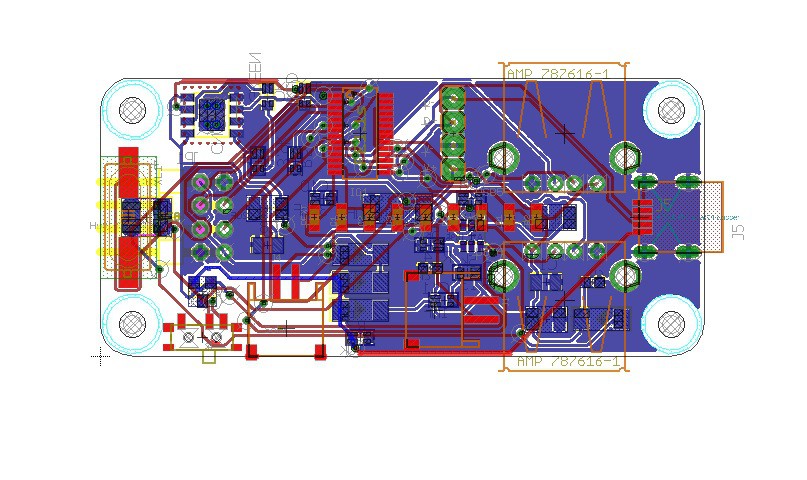
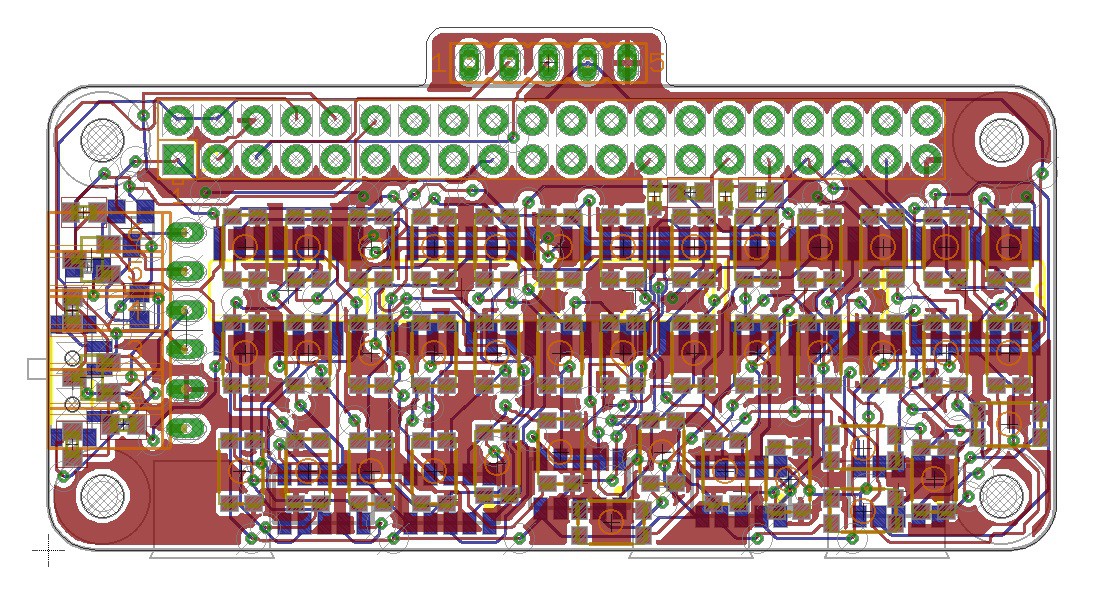
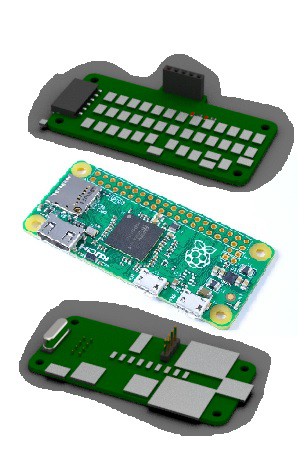
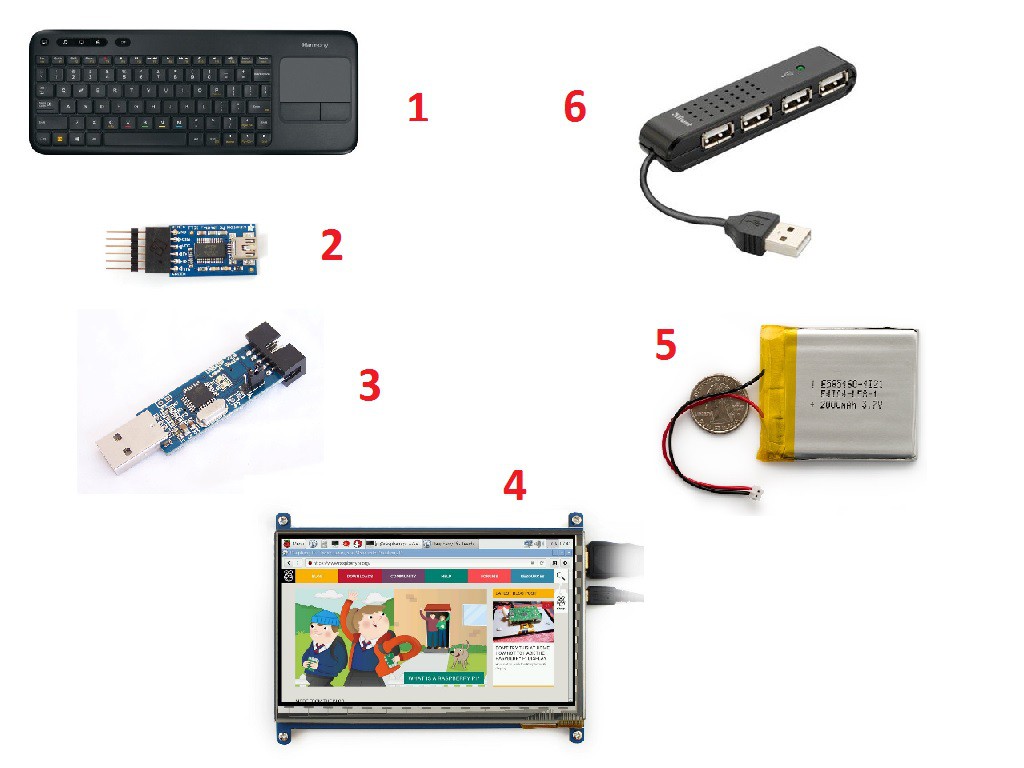
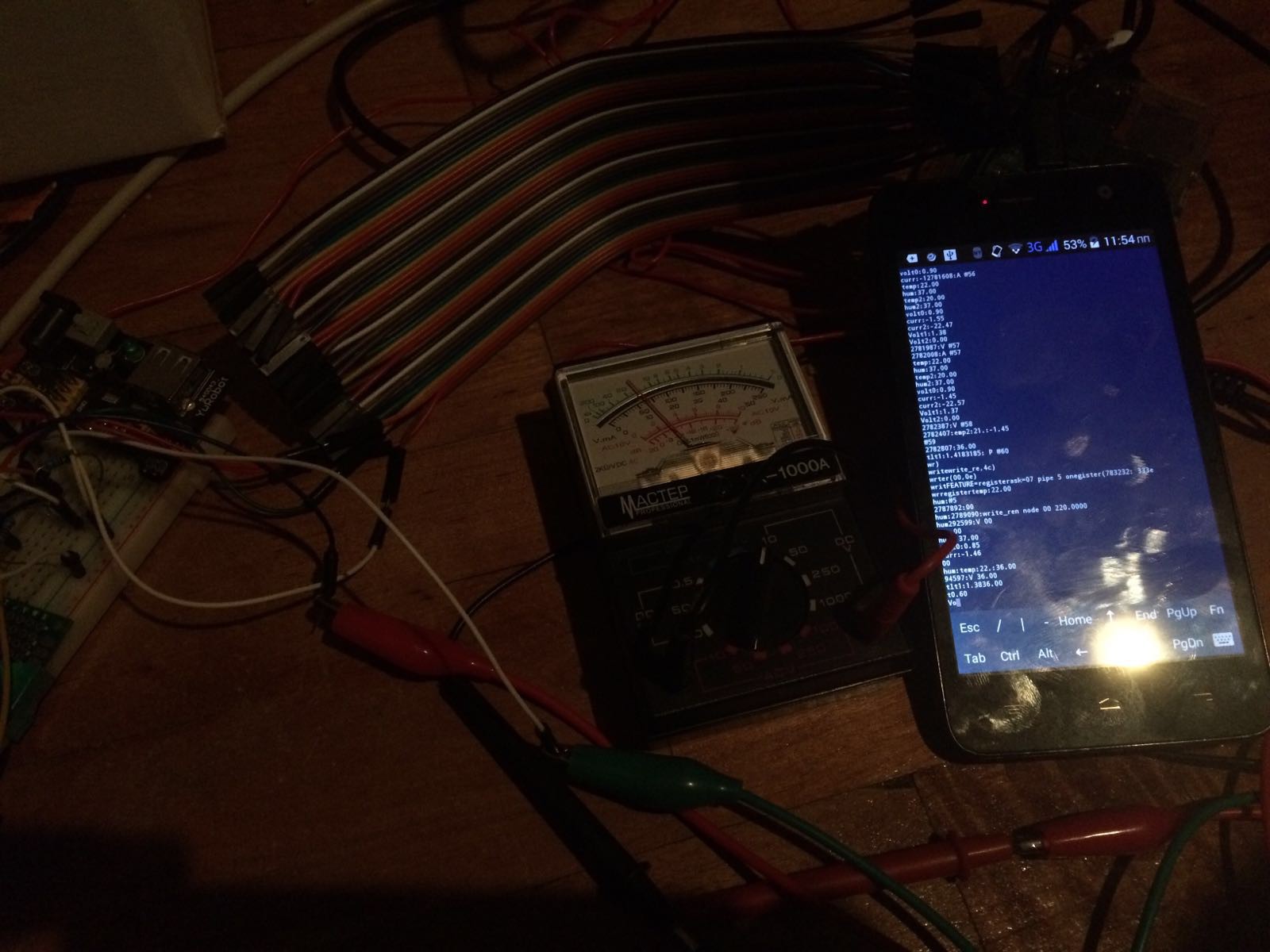
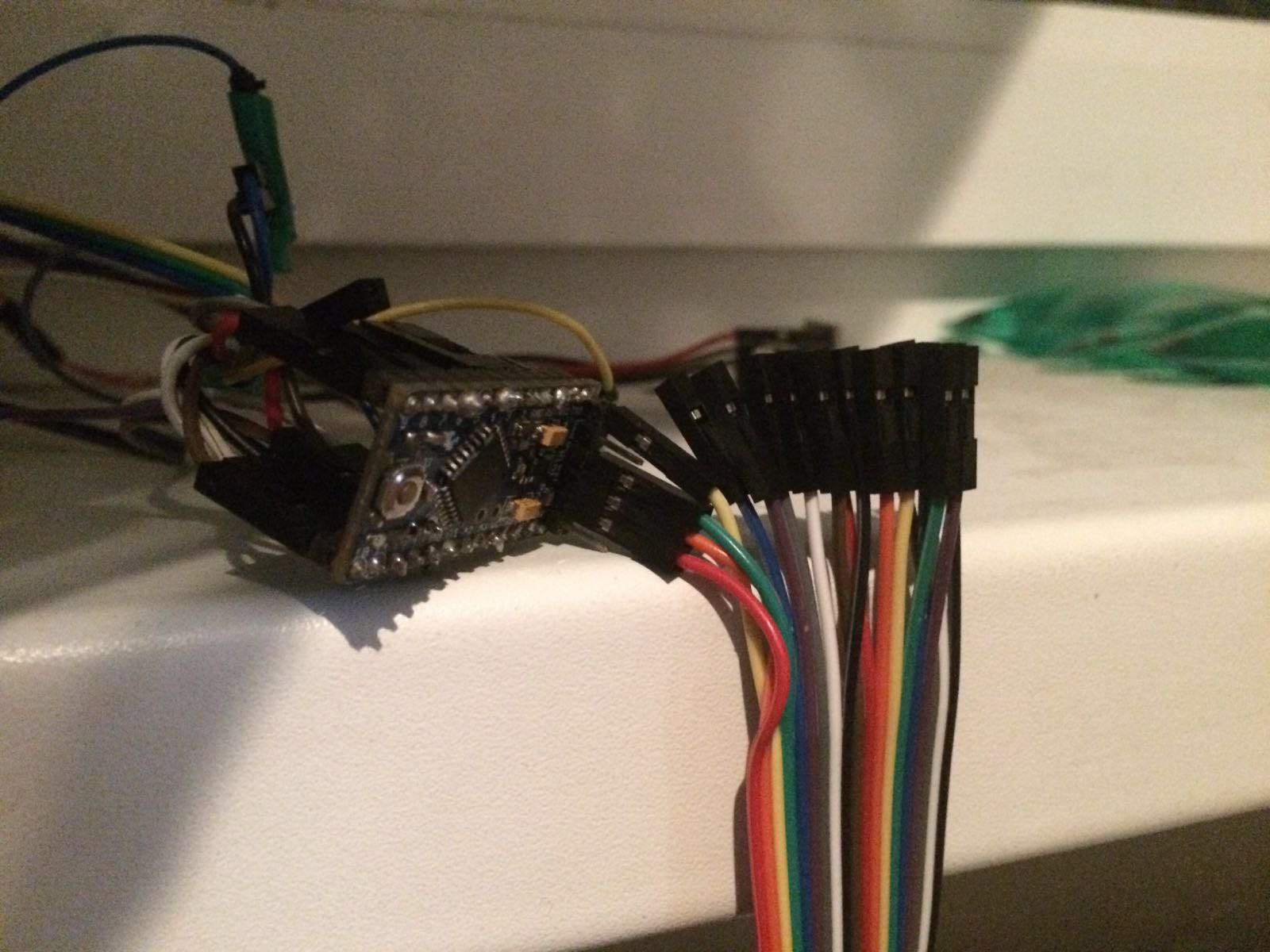
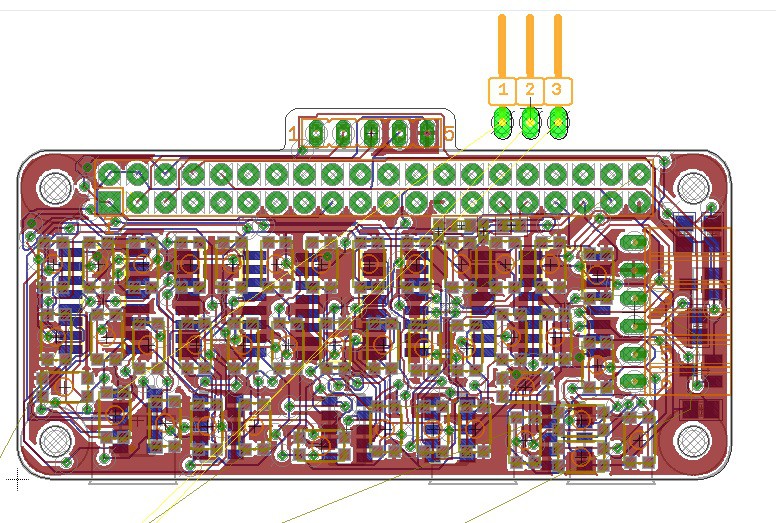
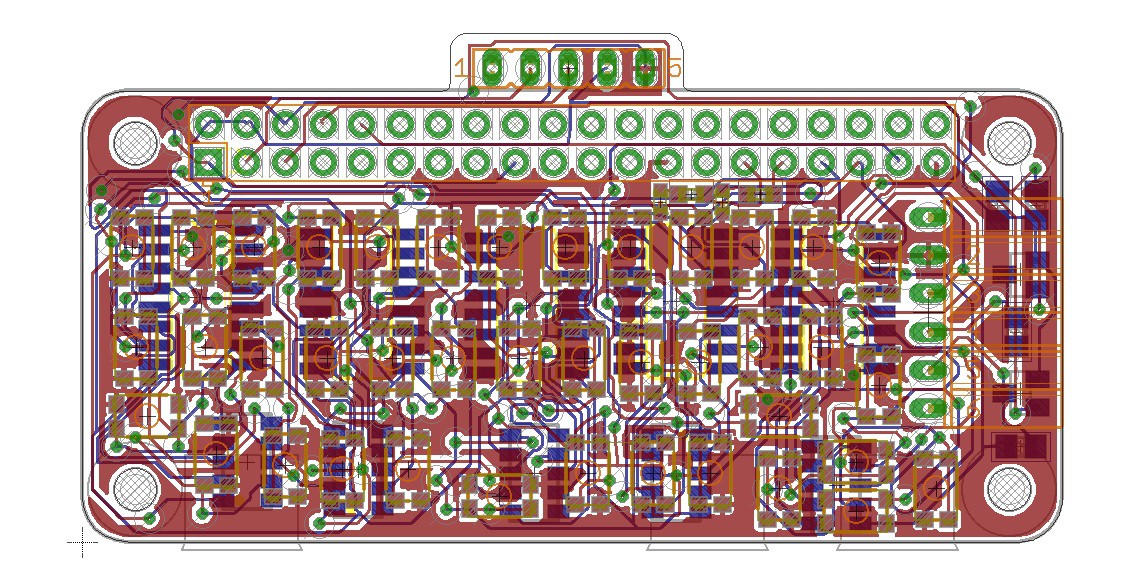
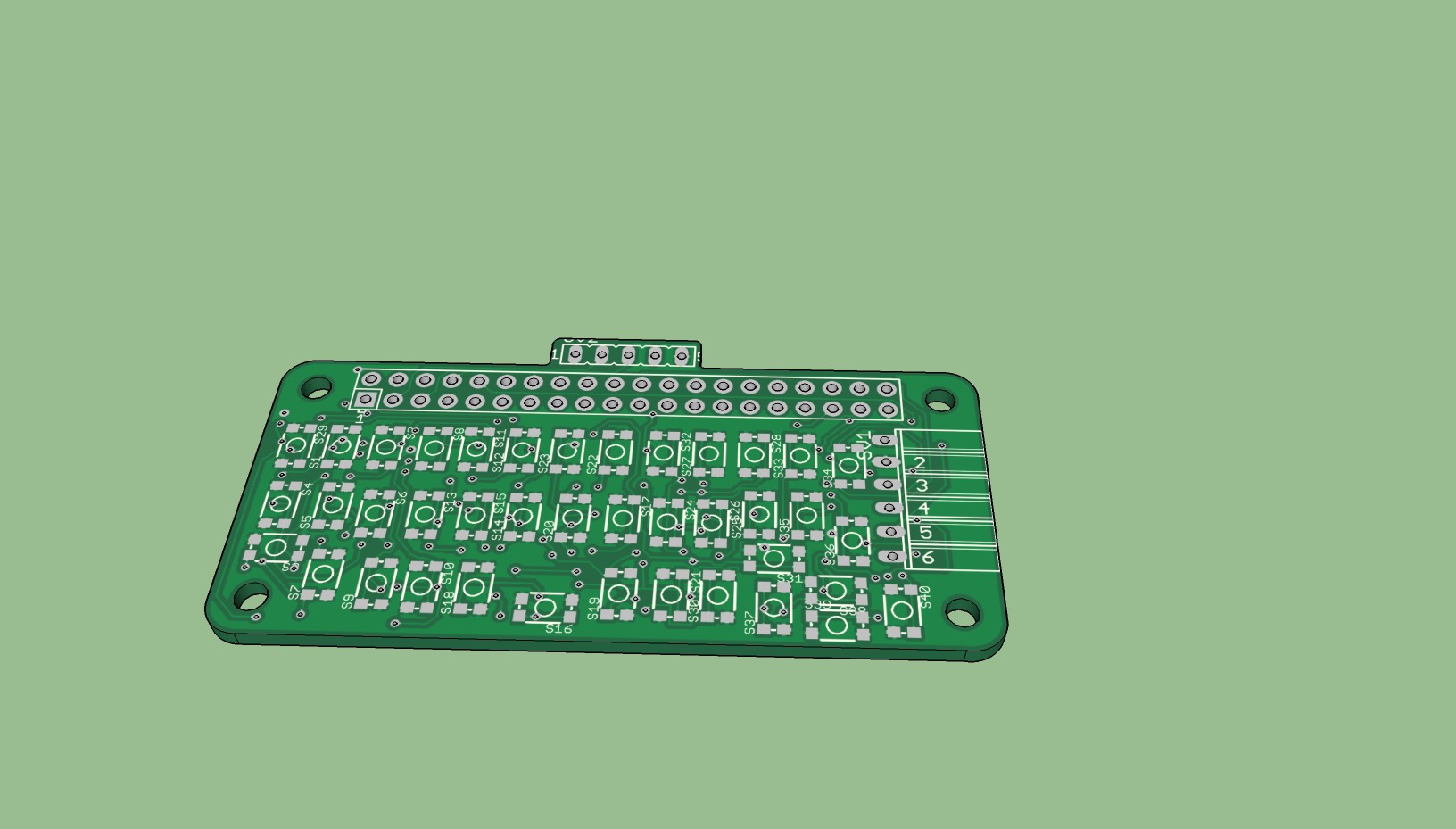
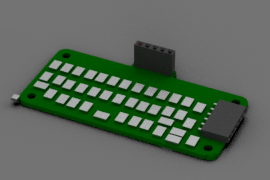

a day or two ago i started researching this, but was hesitant to try it with a zero. i'm glad somebody else did it first, as i can relate to the whole "no idea about raspberry". i'd love to help, but don't think i could much. does the zero have enough memory? it might be better on the 3, but for money's sake, would it seriously work?